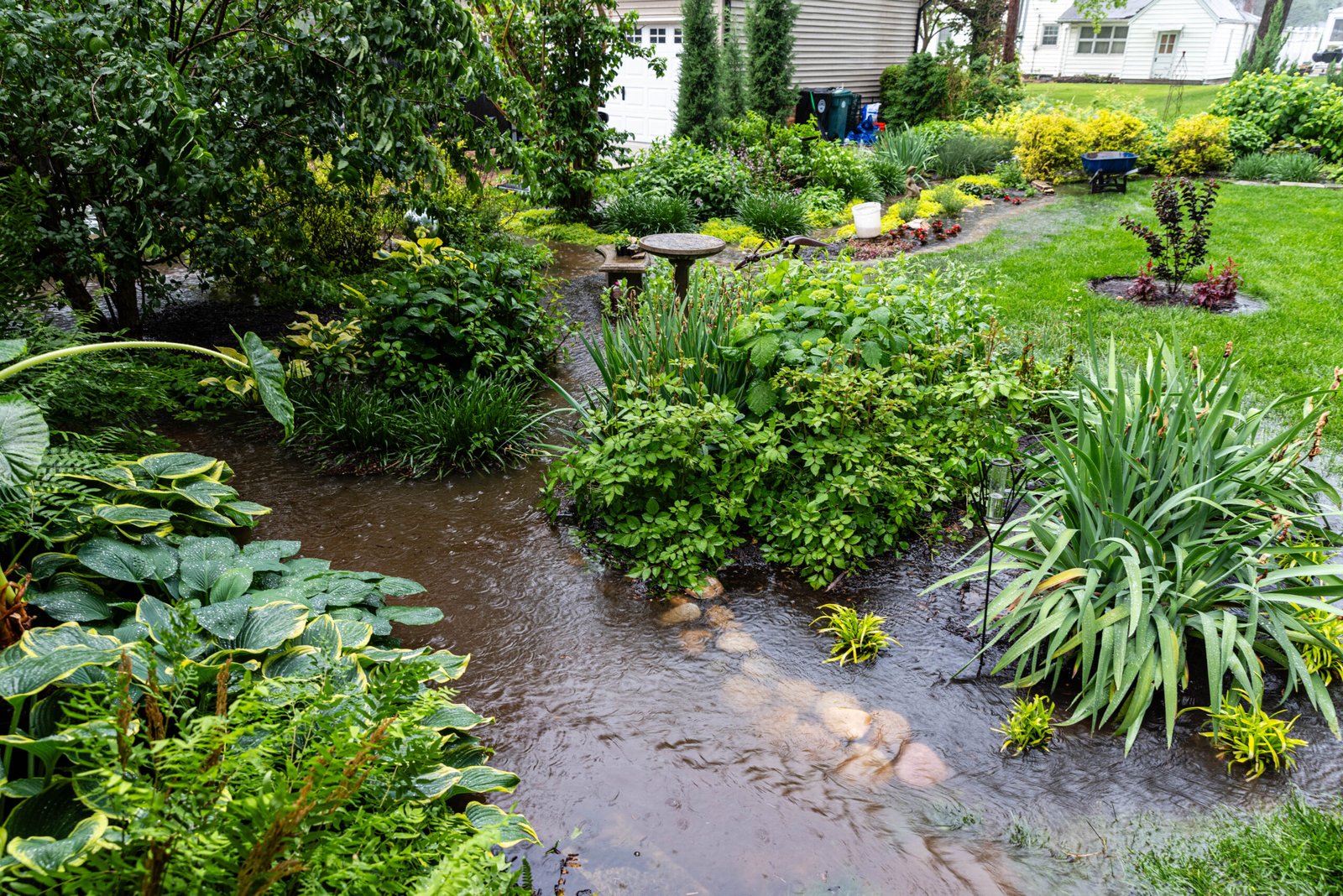10 Essential Tips to Prepare Your Garden for Winter (and Get a Head Start on Spring)
As the last of the fall colors fade and the days grow shorter, it’s time to start thinking about putting your garden to bed for the winter. Whether you’re up in the chilly North or enjoying a milder climate, a little preparation now can set your garden up for success when spring rolls around. Here are 10 simple, practical tips to help you winterize your garden and give it a strong start next year.
1. Clean Up Your Garden Beds
2. Mulch Your Perennials
3. Water Trees and Shrubs
4. Cover Tender Plants and Annuals
5. Dig Up and Store Tender Bulbs
6. Test and Nourish Your Soil
7. Protect Young Evergreens
8. Cover Bare Garden Beds
9. Prune Damaged Branches
10. Reflect, Take Notes, and Plan Ahead
1. Clean Up Your Garden Beds

After a busy harvest season, your garden might look a little wild. It’s time to clear out the remnants of summer’s bounty! Remove dead plants, pull up those pesky weeds, and tidy up any leftover stakes or string. Cleaning up now prevents pests and diseases from overwintering in your soil.
Pro Tip: If you have plants with blight or mildew, don’t toss them in your compost pile—burn or dispose of them to prevent problems next spring.
—
2. Mulch Your Perennials

Perennials are the backbone of any garden, coming back year after year. After the ground has frozen, add a 6-inch layer of mulch (like chopped leaves or straw) around the base to help them survive the cold. This helps prevent frost heaving, where the soil pushes plants out of the ground during winter’s freeze-thaw cycles.
Garden Wisdom: “I always use a mix of pine needles and straw to protect my perennials—it’s like a cozy blanket for my plants!” is a tip from our neighbor, Mrs. Green.
—
3. Water Trees and Shrubs

Before the ground freezes solid, give your trees and shrubs a deep watering, especially if it’s been a dry fall. This extra moisture helps them get through winter in good shape. Focus on evergreens, which need water even when not growing actively.
Quick Reminder: Newly planted trees and shrubs need extra TLC, so remember to hydrate them before winter sets in fully.
—
4. Cover Tender Plants and Annuals

We all have those delicate favorites that hate the cold. Keep an old sheet or row cover handy to drape over annuals and tender plants when frost threatens. If they’re in pots, bring them indoors or into a garage on chilly nights.
Bonus Tip: Keep watering your annuals until freezing temperatures finish them off—sometimes they’ll surprise you and bloom a bit longer!
—
5. Dig Up and Store Tender Bulbs

Summer beauties like dahlias, gladiolus, and cannas won’t survive the winter outdoors in colder zones. Please wait for a frost to blacken their leaves, then carefully dig up the bulbs. Let them dry, brush off excess soil, and store them in a cool, dry place until spring.
Label Hack: Write the bulb names with a permanent marker so you’re not guessing what’s next spring.
—
6. Test and Nourish Your Soil

Your garden’s soil worked hard this year—give it some love! Fall is the perfect time to test your soil and add any needed amendments like lime or compost. This gives your soil plenty of time to absorb nutrients before your next planting season.
Soil Boost: “A good soil test in fall is like setting up a game plan for a winning garden next year.” —Advice from our local garden club.
—
7. Protect Young Evergreens

Young evergreens can suffer from drying winter winds. Protect them by wrapping burlap around stakes to form a windbreak, or use a burlap screen to shield them from harsh gusts. This simple step helps prevent winter burn.
Neighbor’s Tip: Use burlap instead of plastic—it’s more eco-friendly and breathable for your plants.
—
8. Cover Bare Garden Beds

Don’t let your garden beds sit exposed all winter! Cover empty beds with a thin layer of shredded leaves, straw, or even a bit of seaweed if you’re near the coast. This protects the soil, prevents erosion, and adds organic matter for healthier soil in spring.
—
9. Prune Damaged Branches

Before heavy snow or ice arrives, check your trees and shrubs for damaged or diseased branches. Pruning them now helps prevent breakage during winter storms, which can further harm your plants.
Safety Note: Always use clean, sharp tools for pruning to avoid spreading disease.
—
10. Reflect, Take Notes, and Plan Ahead

Before you hang up your gardening gloves for the season, take a moment to jot down what worked and what didn’t in your garden this year. Make a list of seeds you loved, plants that thrived, and any new ideas you want to try next season. Trust us—come spring, you’ll be glad you did!
Gardener’s Journal: “Every fall, I sit by the fireplace with a cup of tea and review my garden notes. It’s my favorite way to dream up next year’s garden.” —Inspired by a fellow gardener’s tradition.
—
There you have it—10 simple steps to tuck your garden in for winter. Now that your garden is ready for its long winter’s nap, you can relax and enjoy the cozy season ahead. And before you know it, spring will be knocking on your door, and your garden will be ready to burst into life once more!
Happy gardening—and here’s to an even better garden next year!







